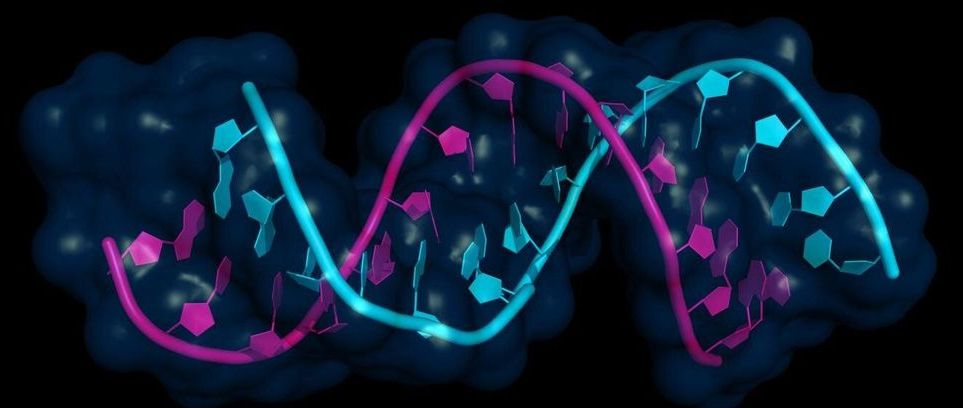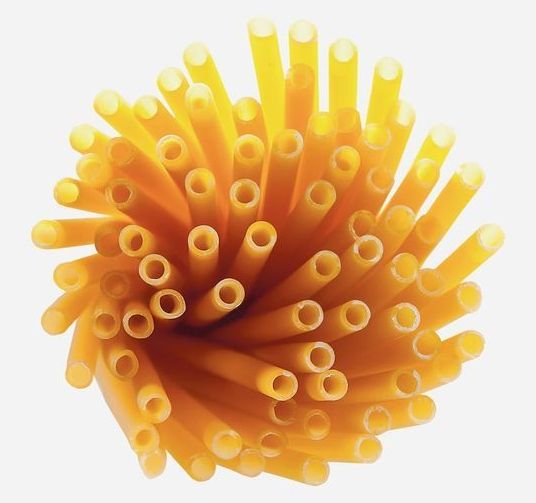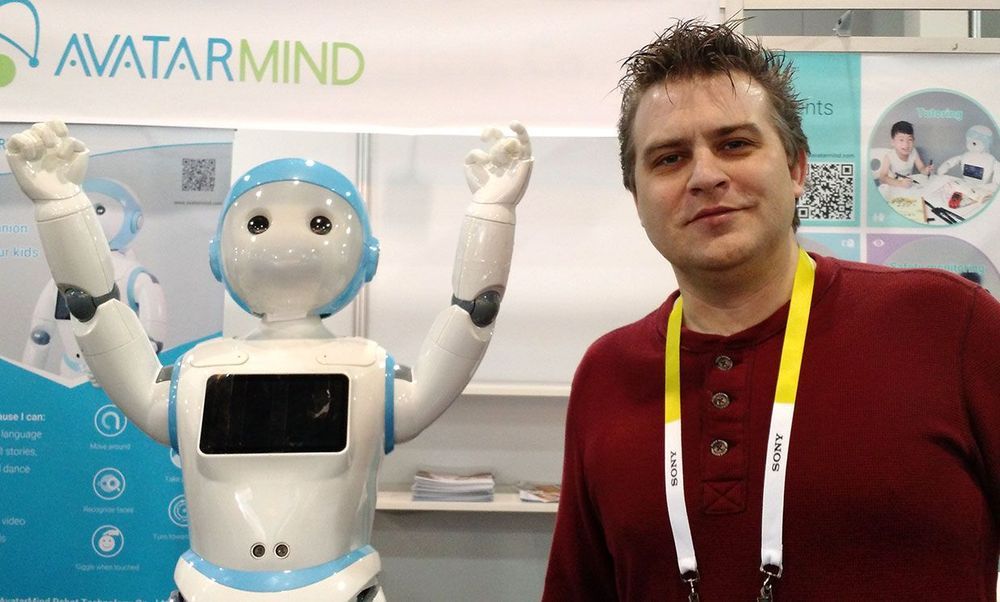Jan 22, 2020
Surprise discovery shakes up our understanding of gene expression
Posted by Genevieve Klien in category: biotech/medical
A group of University of Chicago scientists has uncovered a previously unknown way that our genes are made into reality.
Rather than directions going one-way from DNA to RNA to proteins, the latest study shows that RNA itself modulates how DNA is transcribed—using a chemical process that is increasingly apparent to be vital to biology. The discovery has significant implications for our understanding of human disease and drug design.
“It appears to be a fundamental pathway we didn’t know about. Anytime that happens, it holds promise to open up completely new directions of research and inquiry,” said Prof. Chuan He, a world-renowned chemist.


















